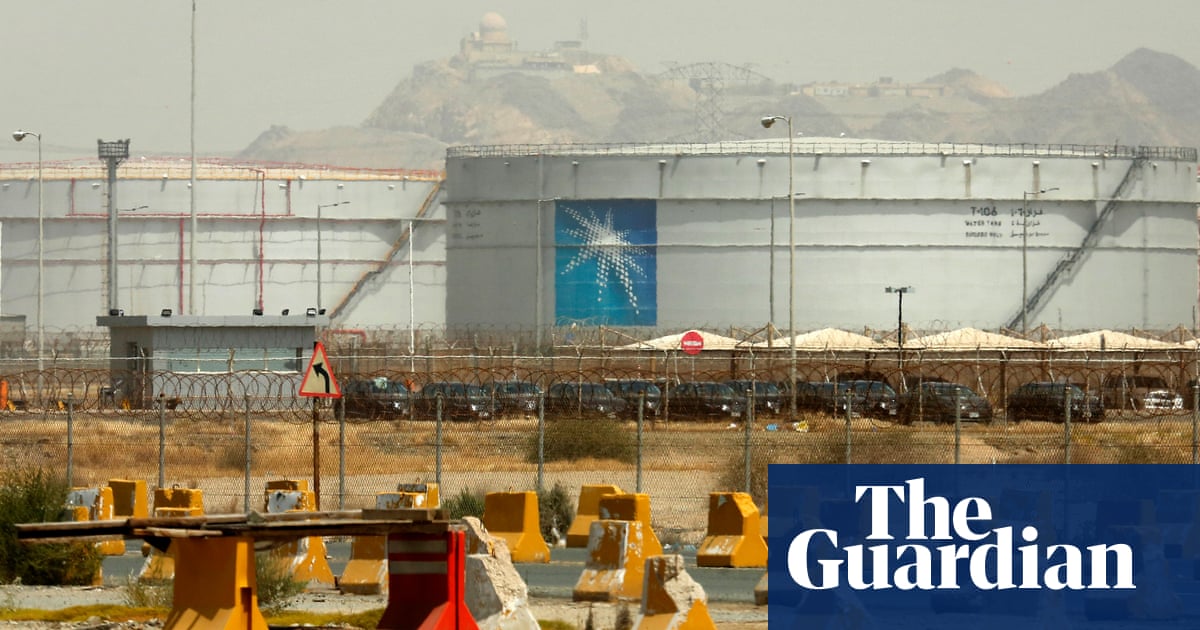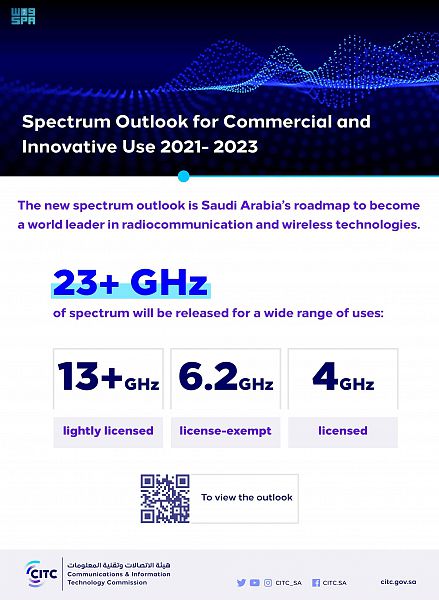
Saudi Aramco has dropped so many hints over the past year about a big investment in the US shale gas business that it should have come as no surprise when the company’s link-up with Sempra Energy was formally unveiled this week.
But it was still an eye-opener of a deal, with transformational consequences for the global and regional energy industry.
Aramco CEO Amin Nasser and other senior executives have been talking in enthusiastic tones about gas at least since the CERAWeek conference in Houston, Texas, in 2018, when he made a bullish declaration that the hydrocarbon age was far from over.
The era of oil still has many decades to run, Nasser said, but a common theme of energy experts these days — with environmental concerns to the fore — is that the black stuff has to be used for much more than just burning in petrol engines and power plants, and that there are cleaner options available. Hence, in large part, the “dash for gas.” Under the Sempra deal, Aramco will go a long way to enhancing its environmental credentials.As well as a potential 25 percent stake (still subject to final negotiation) in the American company’s Texas gas-export terminal, Aramco has also undertaken to buy five million tons of gas from the plant annually for the next 20 years.
The deal has transformational ramifications on a number of levels. It marks Aramco’s first gas production outside the Kingdom, and will allow it to become a trader in liquefied natural gas (LNG) around the world — another long-heralded ambition.
Customers are queuing up in Europe, Asia, Africa and Latin America for LNG, with Aramco predicting 4 percent annual growth in global demand for LNG for at least the next decade.
If Aramco choses not to trade the product, it can export it from the US into the Kingdom, where gas is needed to further reduce the amount of oil used in power generation at home. Aramco has big reserves of gas in Saudi Arabia, and it has pledged to develop these to the point where the Kingdom becomes a net LNG exporter in the future.
But gas production at home is nowhere near the levels needed to satisfy that goal at the moment, so the supply from Sempra could be the ideal bridge until domestic production reaches critical level.
Some experts believe it could be economic for Saudi Arabia to be simultaneously an exporter — from the energy-rich eastern province — as well as an importer to the energy-hungry Red Sea coast, where much of the industrial development under Vision 2030 is taking place.
The deal is also significant in terms of US-Saudi commercial relations. Though that relationship has sometimes come under strain — mainly because of President Trump’s obsession with low gasoline prices — the link-up with Sempra shows that, in the cold, hard world of business, Saudi and US industry leaders share very similar goals and priorities.
The deal with Sempra is a Saudi vote of confidence in the US shale industry, and a reaffirmation of Aramco’s permanent presence in Texas, the heart of the American energy revolution. The new Sempra facility will be situated at Port Arthur on the Gulf coast, where the Saudi company already operates the Motiva refinery, the largest in the USA.
Aramco’s foothold in the global LNG business is no less transformational in terms of the regional energy industry. Currently, Qatar is by far the biggest LNG exporter in the Arabian Gulf (though it lost its global crown to Australia last year) and is also in Texas gas via a deal with Exxon Mobil.
Given the current state of animosity between Qatar and the anti-terror quartet led by Saudi Arabia and the UAE, it makes a great deal of sense to challenge Qatar’s lead, for strategic as well as economic reasons. Iran also has sizable reserves in the Gulf, some of them shared with Qatar, but has not been able to exploit them due to sanctions and a lack of investment.
The Sempra deal ticks so many boxes that it may not be the end of the gas deals. Energy experts predict that Aramco could do similar link-ups in Australia, Russia, and perhaps another one in America. For Saudi Aramco, the dash for gas has only just begun.












